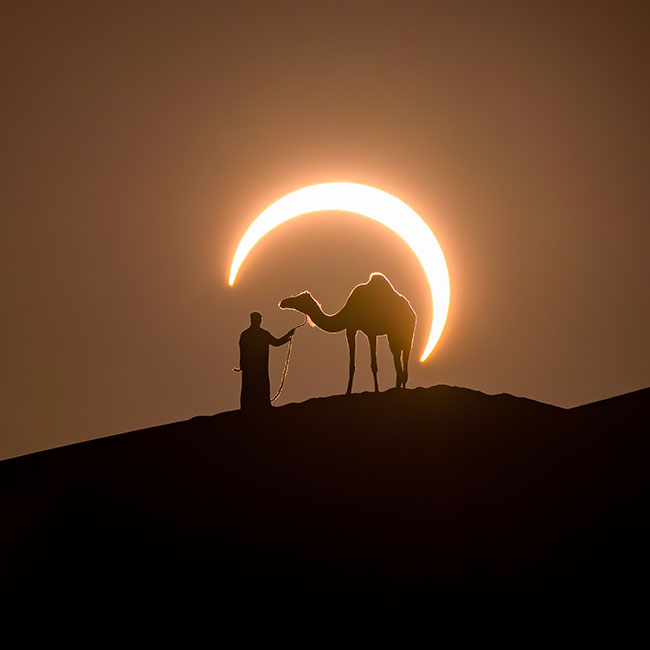Everything you need to know about the upcoming solar eclipse
Solar eclipses are a semi-rare solar event that occurs two to four times per year. Solar eclipses can only be viewed in about a 50 to 60 mile radius and often happen in the ocean where they cannot easily be observed. However, about once every 18 months there is a solar eclipse that is visible from the Earth’s surface, usually two times every three years. When located in the prime viewing spot of an eclipse, the viewer will see this phenomenon , which occurs when the moon completely obscures the light and view from the sun, causing the sky to be dark.
Solar eclipses occur due to the moon’s orbit around the Earth. This is because sometimes, the moon will go in between the sun and Earth. When the moon is in front of the sun, the light is blocked by the moon and cannot reach Earth, causing a solar eclipse as the moon casts a shadow onto Earth. Its counterpart, a lunar eclipse happens when the Earth’s shadow covers the sun’s light, causing it to reflect off the moon. There are two types of solar eclipses: total and partial. In comparison to a total solar eclipse, a partial solar eclipse is when the moon covers the sun partially. To see a total solar eclipse, the viewer often has to be in a very specific range, whereas seeing a partial solar eclipse is easier as the range is marginally larger.
The next total solar eclipse that will be visible from land will be just 11 days before Christmas, on December 14. It will be visible in most of South America, but the best view will likely be in Neuquén, Argentina, with some spots having 100% coverage. While everywhere south of Neuquén on land will be able to view the eclipse, the view will gradually get weaker, whereas anywhere more than a few hundred miles north of Neuquén will not be exposed to the eclipse. Another excellent spot would be in Chile, also having up to 100% coverage in the best spots such as Collentañe, Región de la Araucanía, Chile.
It is important to never look at a solar eclipse without eye protection as it can cause permanent eye damage and even cause you to go blind. To be safe, you can view a solar eclipse through special protective glasses, special telescopes or even a cardboard box projector. Additionally, binoculars can also be used to view the solar eclipse; this is only if they are used to reflect the light. If you are unable to use or do any of those things, you can always look at pictures online after; a solar eclipse is not worth losing your vision for.












